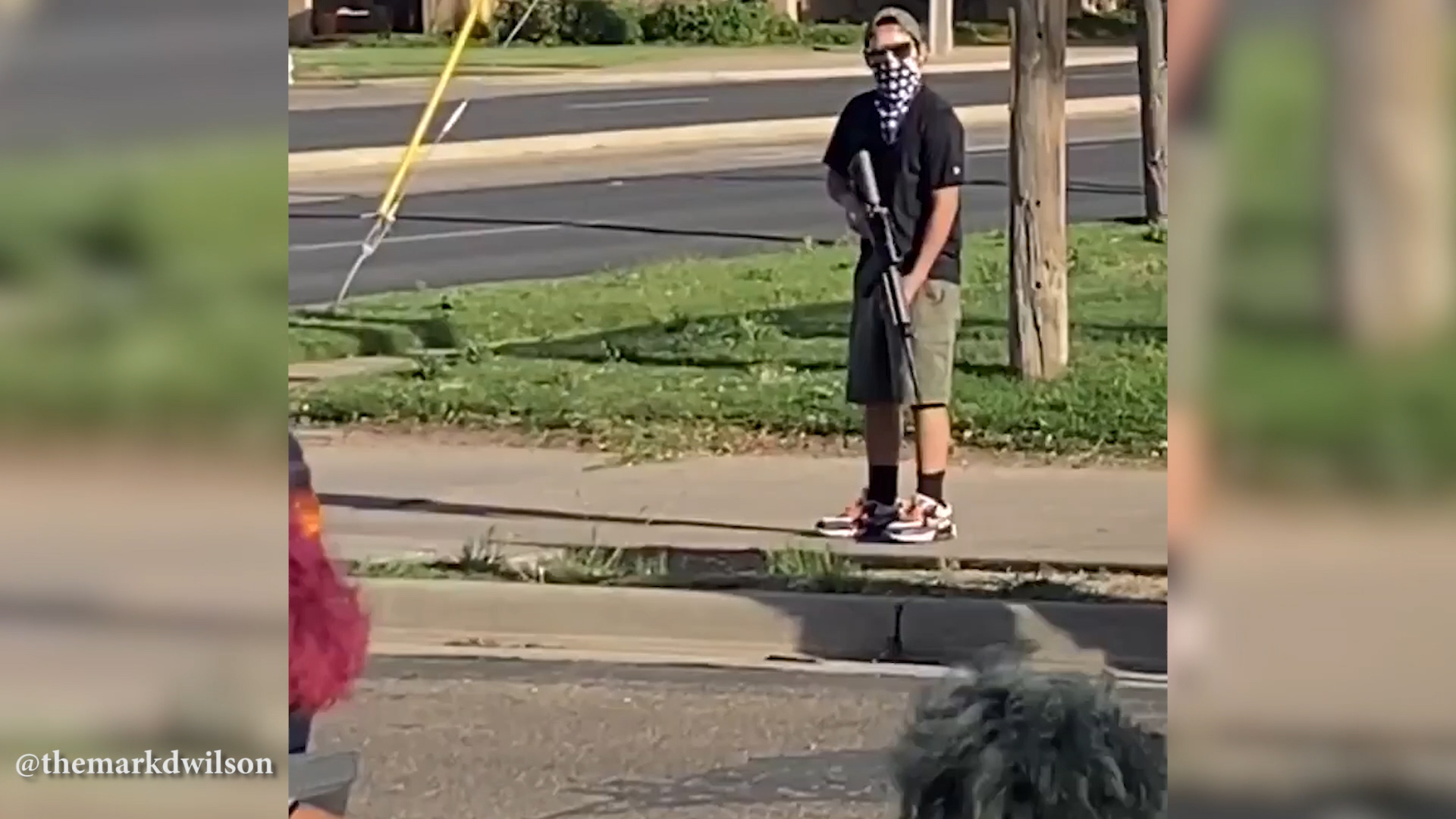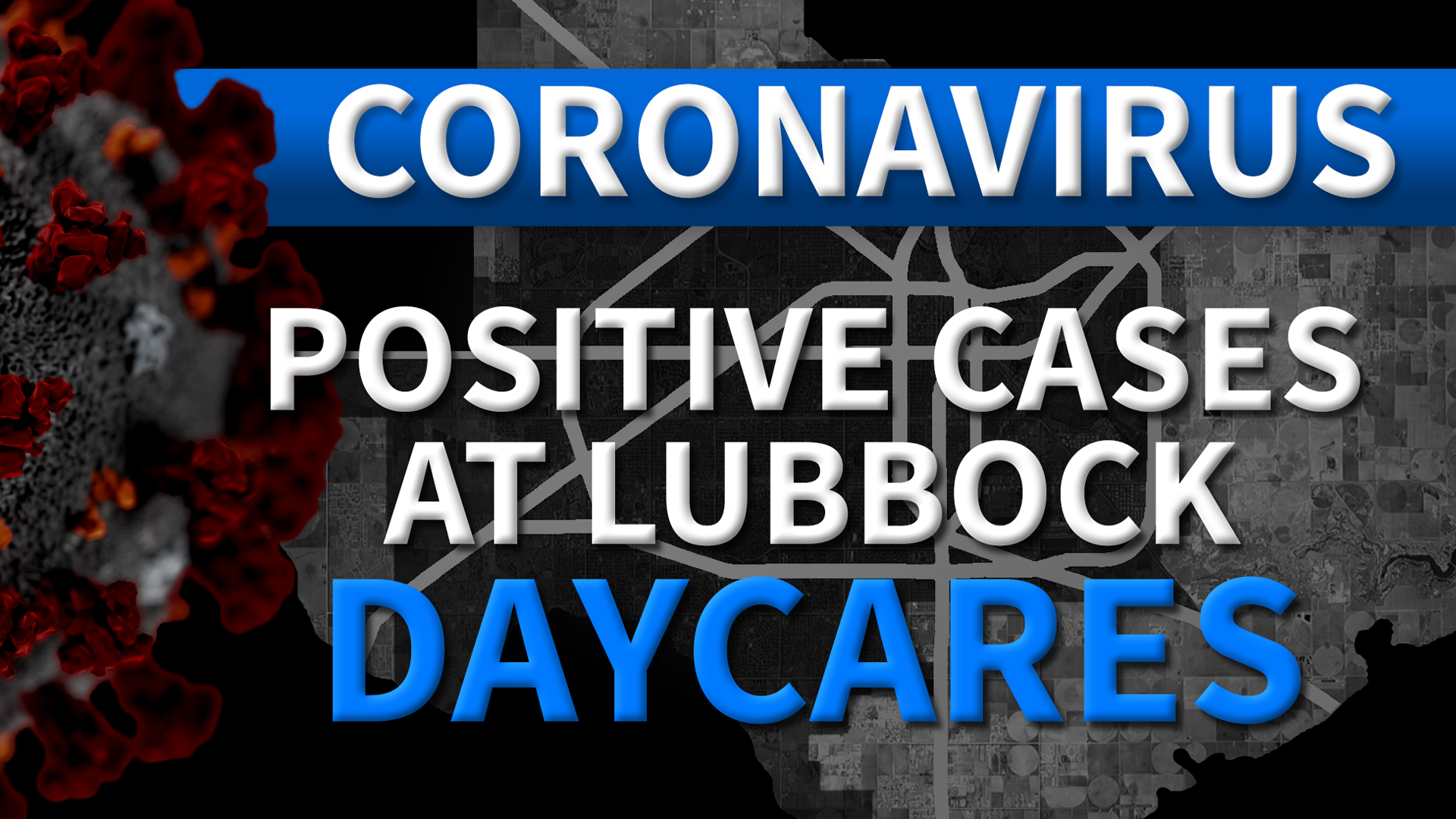LUBBOCK, Texas — The Texas Parks & Wildlife Department (TPWD) is calling on landowners including those to the southeast of Lubbock to allow for the spraying of saltcedar trees with herbicide in order to help reduce the overpopulation of the trees along the upper Brazos river.
Saltcedar trees are a non-native species to Texas and were brought to West Texas as an ornamental tree. Following a drought in 2011, the trees have become an overpopulated species and are affecting the Brazos river shape, according to the TPWD.
These trees have also affected the habitats of fish species within the river and ground-nesting birds like quail and turkeys.
The TPWD is asking landowners to allow them to come onto properties and aerially spray imazapyr onto saltcedars lining lakes like Alan Henry and White River.
According to a press release sent in late June, targeted aerial herbicide treatment will be provided at no cost to the landowner and advance notice will be given before any aerial treatment or visit to the property.
“We know that saltceder is one of the causes that vulnerable fish have become imperiled,” said Monica McGarrity, TPWD senior scientist for aquatic invasive species management.
There are two minnow species that are native to the Brazos river, according to the TPWD. Sharpnose shiners and Smalleye shiners are species that have been a food source for bigger fish like bass and catfish.
These fish live in shallow waters less than two feet deep. Saltcedars density has caused the river to become wider and deeper leaving fish with no habitats.
“Vegetation is dense enough along the sides of the river, that it looks it into place,” said Dr. Gen Wilde, professor of Fish Ecology, Fishery Management, and Conservation Biology at Texas Tech University. “The river is pushing up against the saltceder and has very obviously decreased in width because of the trees.”
The City of Lubbock water department has proposed a site along Highway 380 for a new post reservoir.
“Any future development of the upper Brazos would have to be done with these two endangered species in mind,” Wilde said.
The proposed site is not a high priority location, Aubrey Spear, water utilities director, said. The site was categorized by the Federal Government as a critical habitat for Sharpnose and Smalleye shiners after they were listed as endangered species.
“The post reservoir site is located in the critical habitat of minnows that are listed as endangered species,” Spear said. “Although it still remains a viable option for the city, that listing makes its more difficult to make that reservoir a reality.”
For now, the City of Lubbock will continue to keep the site on their list of possible post reservoir locations, but not pursue it thoroughly.

















